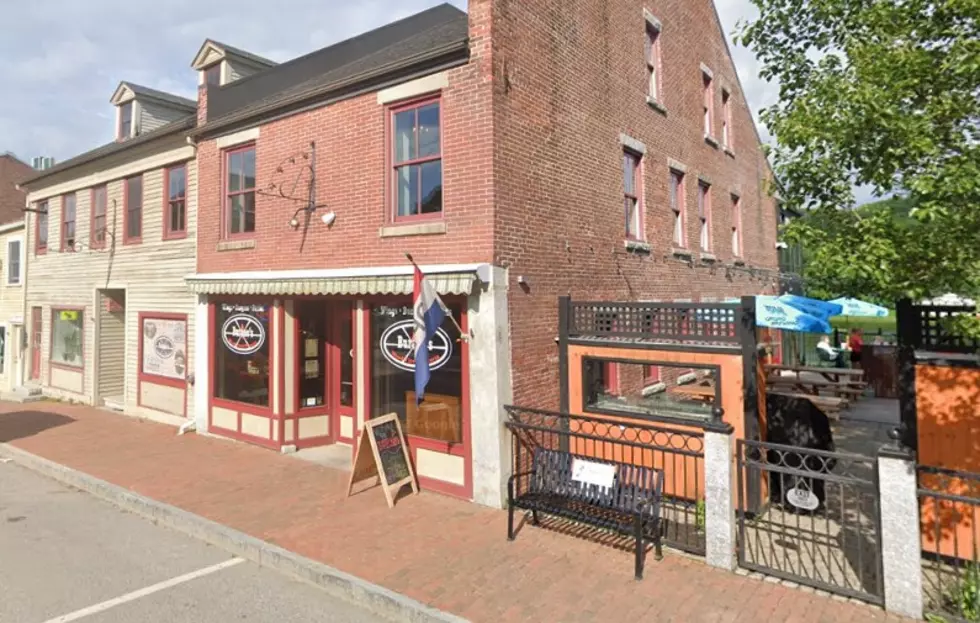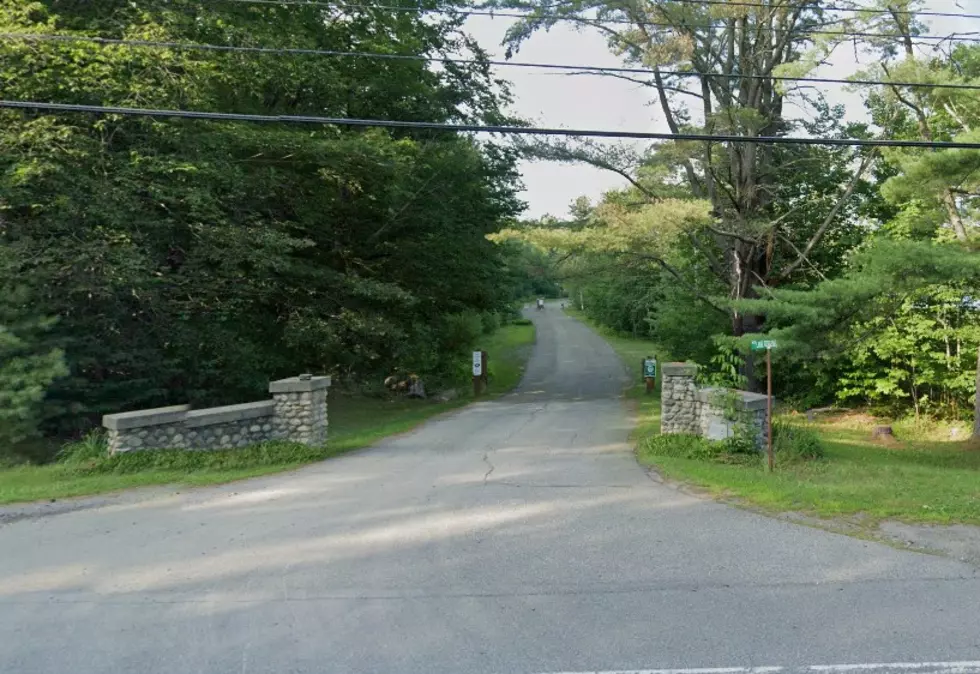
Here’s Why One Maine Road May Close Permanently
Just before Christmas, the "Grinch" storm caused major disruption across several New England states, including Maine.
The unprecedented weather event caused numerous power outages, damaged buildings near the banks of our major rivers, and flooded hundreds of miles of Maine roads.
Over the last few months, we have heard a lot of talk about ways we can minimize the damage caused by future storms. For example, Augusta has talked about raising the level of Front Street, which parallels the Kennebec River, by four feet.
We're also hearing that one coastal Maine town is looking at permanently closing one stretch of road that is prone to flooding.
According to WGME, officials are looking at removing a stretch of road that connects Scarborough and Cape Elizabeth. The road, which is called Sawyer Road in Cape Elizabeth and Sawyer Street in Scarborough, would be demolished. That would leave a dead end street in each town.
Officials say that the road, which has no residents, bisects Spurwink Marsh. Not only does the road cause issues with the marsh ecology, but it makes the area more prone to flooding.
The plan still needs to be approved by both town councils. If it is approved, it would cost each town about $185,000 to build a dead-end. If approved, construction (destruction?) of the road could start in 2026.
The article explains that due to flooding, residents who normally take the road often find themselves detouring through Cape Elizabeth.
Some people are not impressed by idea that there would be more traffic through downtown Cape Elizabeth. However, this additional traffic could lead to economic benefits for the town's small businesses.
Maine Roads & Streets To Avoid In A Snowstorm
LOOK: The most expensive weather and climate disasters in recent decades
Gallery Credit: KATELYN LEBOFF
More From B98.5









